15 Fine Motor Activities for Toddlers | Fun & Easy Skill-Building Ideas
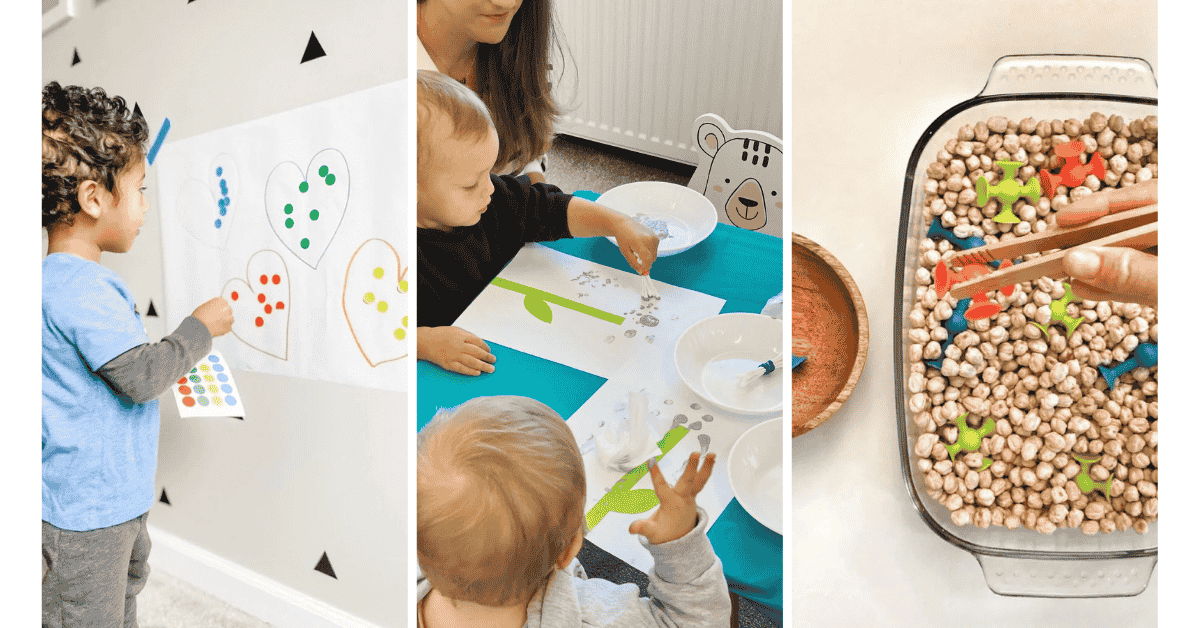
Tiny hands, big milestones every twist, pinch, and grasp your toddler makes is more than just play; it’s a powerful step in their development. Fine motor skills, which involve the coordination of small muscles in the hands and fingers, are essential for everything from holding a crayon to buttoning a shirt.
The best part? Strengthening these skills doesn’t require fancy tools or expensive toys just a little creativity and some everyday items.
In this article, we’ve gathered 15 fun, hands-on activities that are not only easy to set up but also irresistibly engaging for curious little minds. Whether you’re a parent, caregiver, or educator, these simple ideas will help your toddler build dexterity, concentration, and confidence all while having a blast. Let the little hands lead the way!
1. Colorful Sorting Tubes – Building Precision and Focus
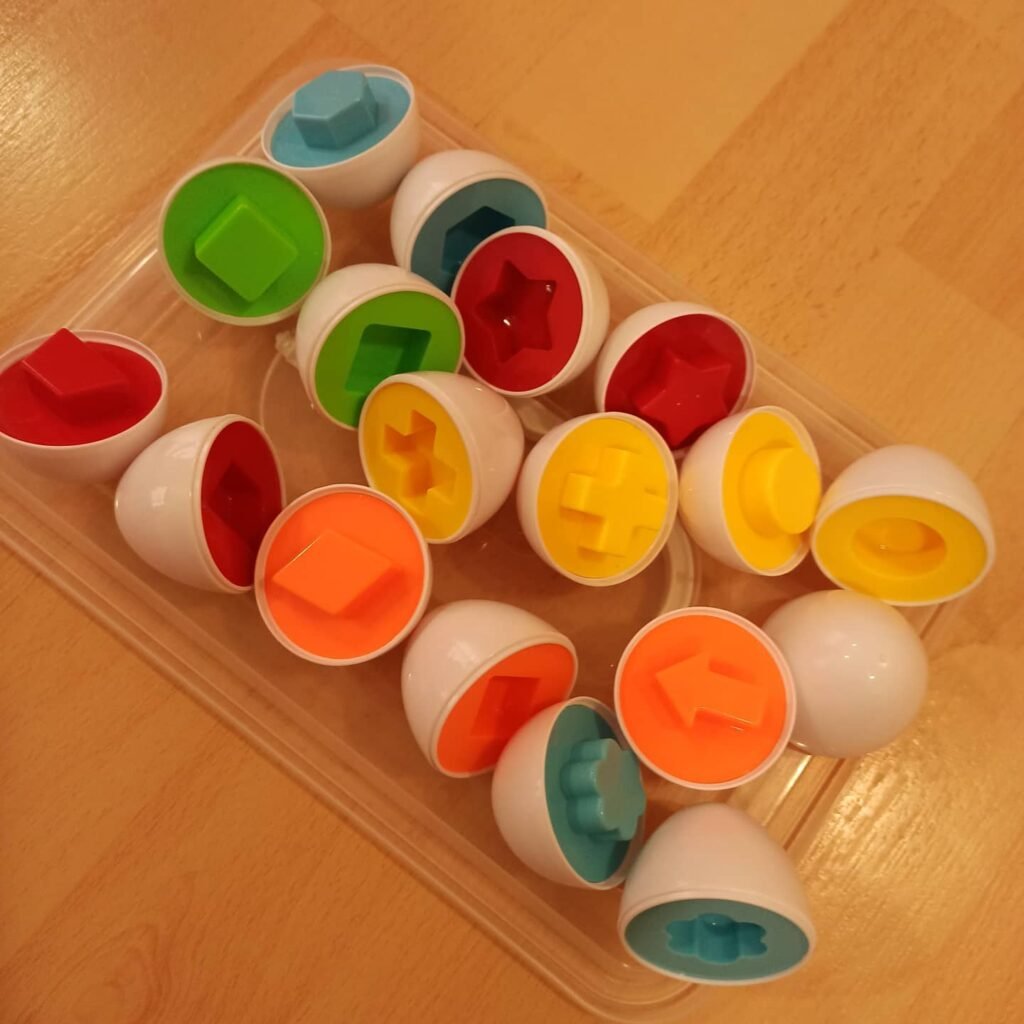
These vibrant sorting tubes offer an excellent opportunity for toddlers to develop their pincer grasp while exploring colors and shapes. The activity involves picking up small colored objects and carefully placing them into corresponding tubes, which requires precise finger movements and hand-eye coordination. This simple yet effective exercise helps strengthen the small muscles in little hands that will later be essential for writing and drawing.
The beauty of this activity lies in its versatility and self-correcting nature. As toddlers work to match colors and manipulate the small pieces, they’re simultaneously developing concentration skills and learning to persist through challenges. The contained nature of the tubes also provides a sense of accomplishment when filled, encouraging children to complete tasks and building their confidence in their fine motor abilities.
2. Heart-Shaped Dot Stickers – Creative Expression Through Precision
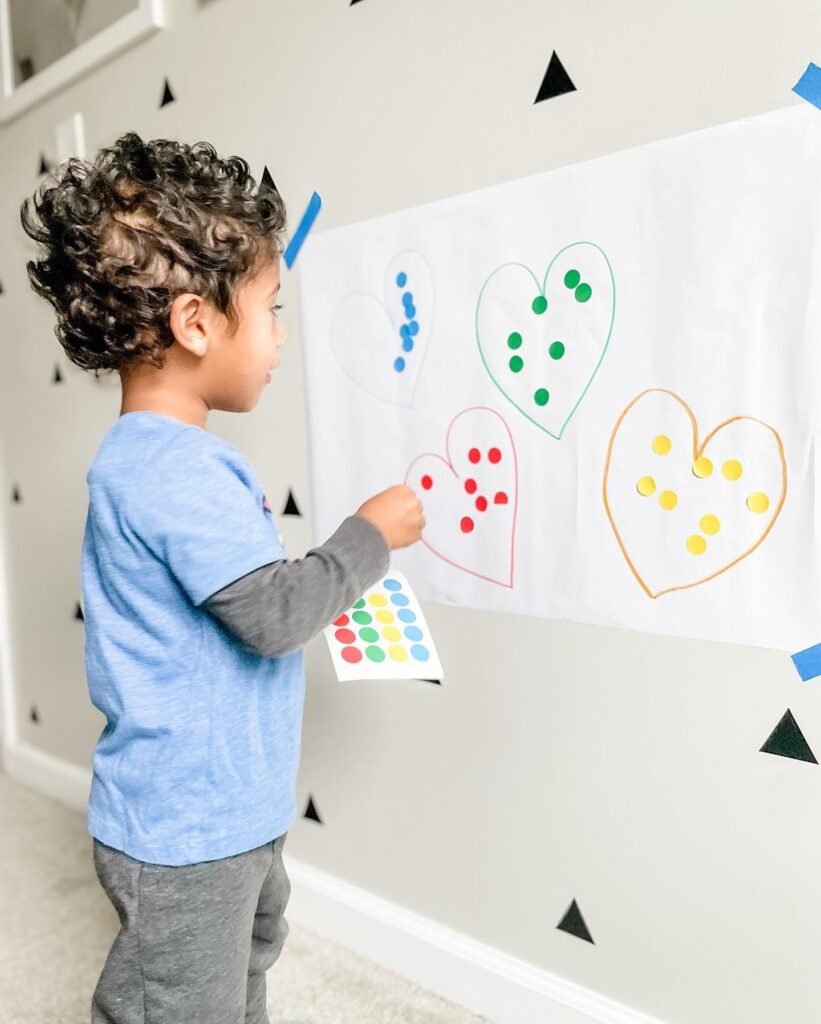
This delightful sticker activity combines artistic creativity with targeted fine motor skill development. Toddlers must carefully peel circular stickers and place them within heart-shaped outlines, requiring precise finger control and spatial awareness. The act of removing stickers from their backing and positioning them accurately helps develop the pincer grasp and bilateral coordination skills.
Beyond the motor benefits, this activity encourages color recognition, counting, and pattern creation. Children can experiment with different color combinations while working within defined boundaries, which helps develop their ability to control movements and work within limits. The visual appeal of the colorful hearts creates an engaging experience that keeps toddlers motivated to practice these essential skills.
3. Sensory Bin Exploration with Tools – Tactile Learning Adventures
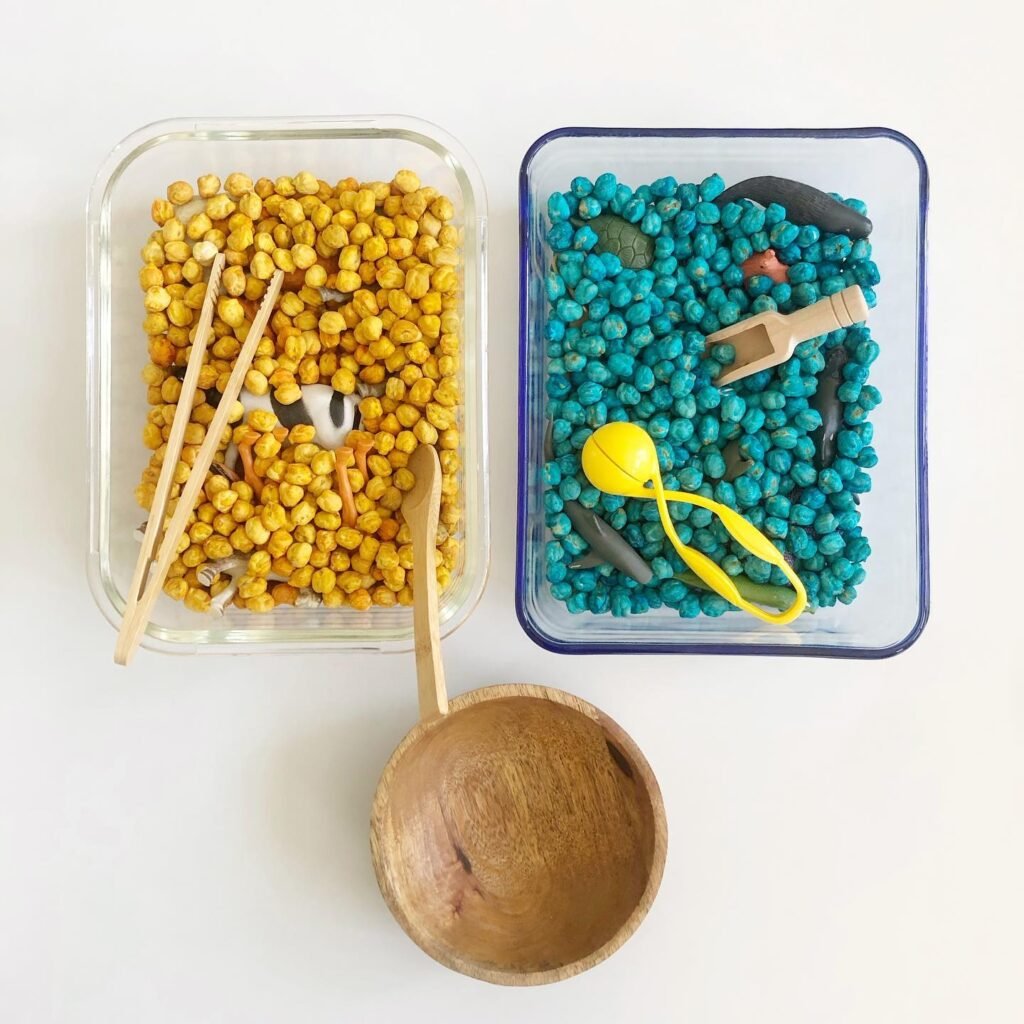
Sensory bins filled with chickpeas or similar materials provide rich opportunities for fine motor development through exploration and tool use. Toddlers can practice scooping, pouring, and transferring using various utensils, which builds hand strength and develops different grasp patterns. The hidden treasures within the bins add an element of discovery that maintains engagement while children practice these crucial skills.
This type of activity supports multiple areas of development simultaneously, as children must coordinate both hands to manipulate tools effectively while processing the tactile sensations. The resistance provided by moving through the bin materials helps build the intrinsic hand muscles needed for more advanced fine motor tasks, making it an excellent foundation activity for developing writing readiness.
4. Mushroom Poke Board – Strengthening Through Play

This charming mushroom-themed activity focuses on developing finger strength and precision through poking motions. Using cotton swabs or similar tools, toddlers create dotted patterns while building the same finger muscles used in pencil grip. The pre-made holes provide guidance while still requiring accurate aim and controlled pressure, making it perfect for developing hand stability.
The repetitive nature of this activity helps build endurance in small hand muscles while providing a satisfying sensory experience. Children can create their own patterns or follow templates, encouraging both creativity and following directions. This type of resistance activity is particularly beneficial for toddlers who may have low muscle tone or need extra support in developing hand strength.
5. Rescue Mission Maze – Problem-Solving Through Fine Motor Control
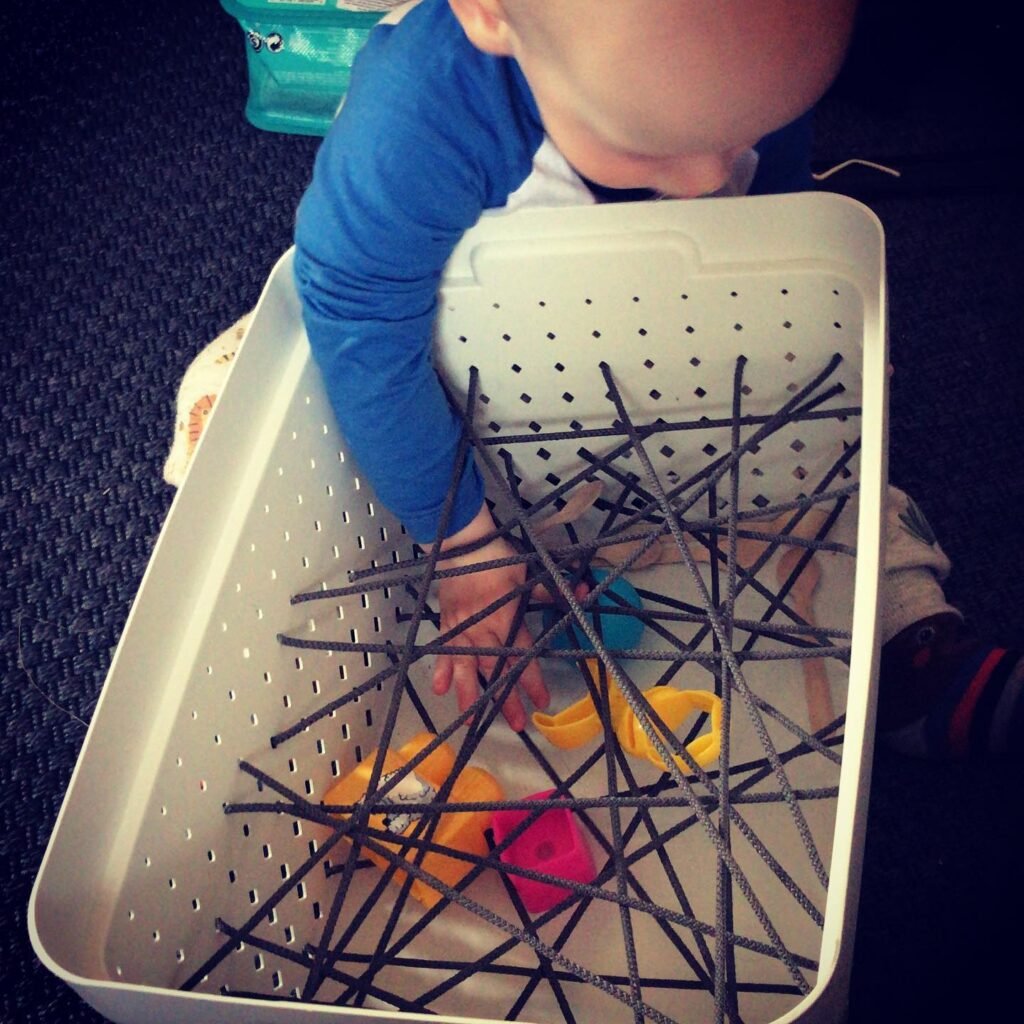
This engaging rescue activity transforms fine motor practice into an exciting adventure where toddlers must navigate small objects through a web of rubber bands. The challenge requires careful manipulation and planning as children work to extract colorful pieces without disturbing the intricate pattern above. This activity develops precise finger movements while encouraging problem-solving and spatial reasoning skills.
The three-dimensional aspect of working through the elastic obstacles adds complexity that strengthens hand muscles and improves dexterity. Children must use different finger positions and pressures to successfully complete their mission, naturally developing the varied grasp patterns they’ll need for future academic tasks. The game-like nature keeps toddlers engaged while they practice these essential developmental skills.
6.Creative Painting with Cotton Swabs
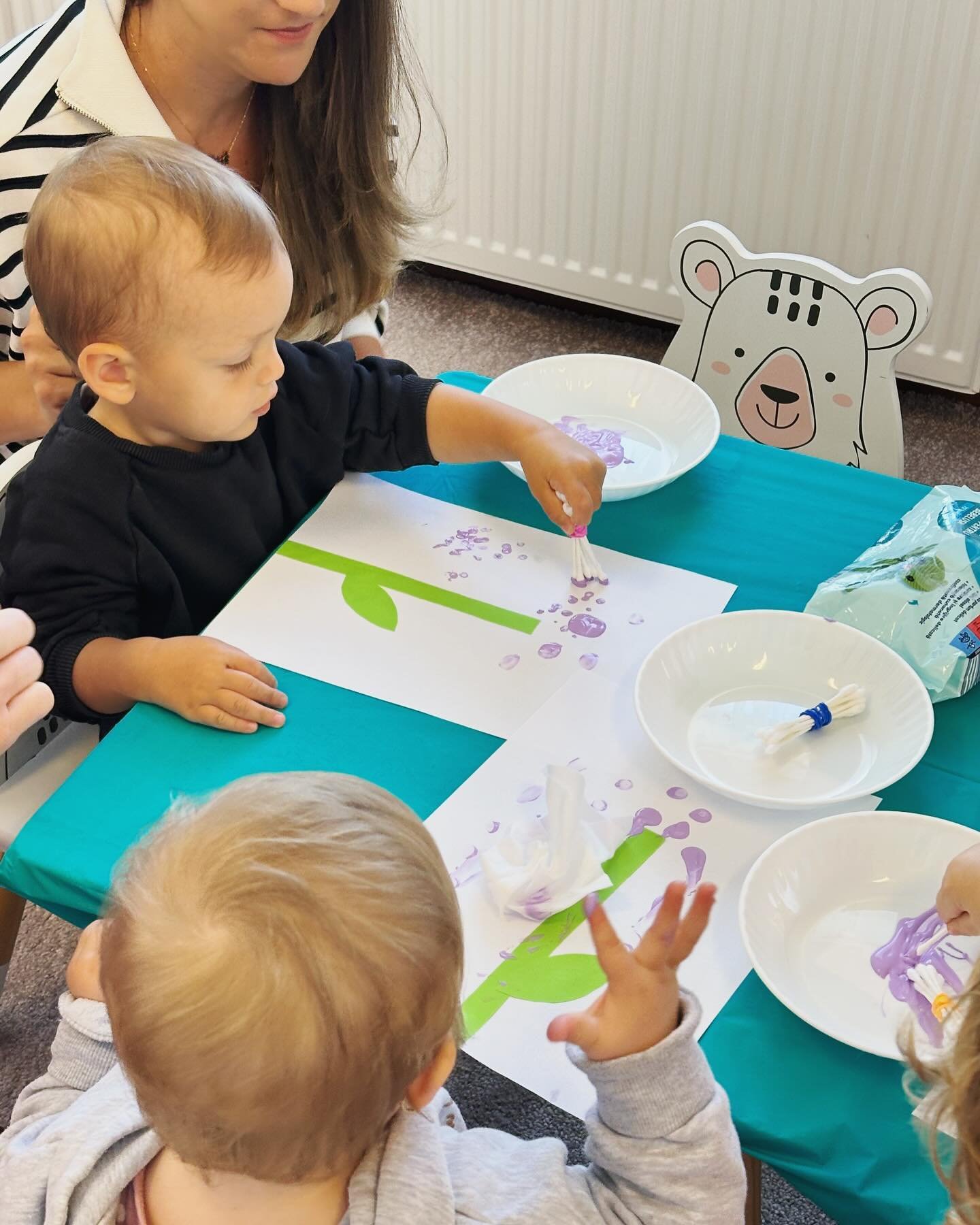
Cotton swab painting opens up a world of artistic expression while secretly building the precise motor control toddlers need for detailed tasks. The small size of the swab requires children to use their pincer grasp, the same finger position they’ll need for holding pencils and crayons. This painting technique encourages deliberate, controlled movements rather than broad arm gestures.
Dotting, dabbing, and drawing with cotton swabs creates unique textures and patterns that fascinate young artists. The controlled nature of this tool helps toddlers practice staying within boundaries and creating intentional marks. Multiple colors can be introduced simultaneously, allowing children to experiment with color mixing while maintaining focus on their fine motor development.
7. Animal Feeding Frenzy – Nurturing Care Through Fine Motor Play
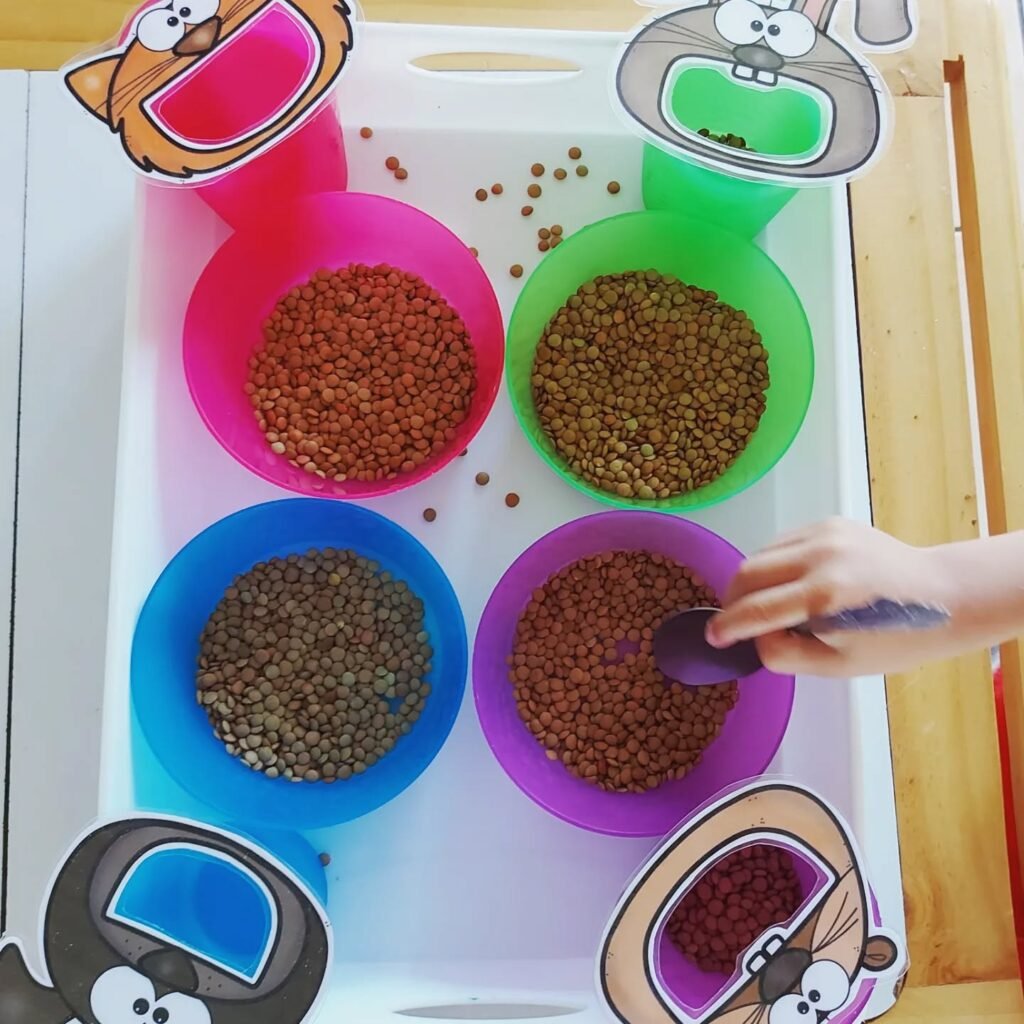
This adorable feeding activity taps into toddlers’ natural desire to care for others while developing precise hand movements. Children must carefully pick up small items and place them into the animals’ mouths, requiring controlled finger movements and accurate aim. The role-play aspect adds emotional engagement while the physical demands strengthen fine motor skills.
The varied sizes and shapes of the “food” items provide different challenges for developing grasp patterns and hand control. This activity also encourages turn-taking and sequencing as children decide which animal to feed next, building executive function skills alongside motor development. The combination of nurturing play and skill-building makes this an particularly effective activity for maintaining toddler interest and motivation.
8. Pineapple Color Sorting – Tropical Organization Fun
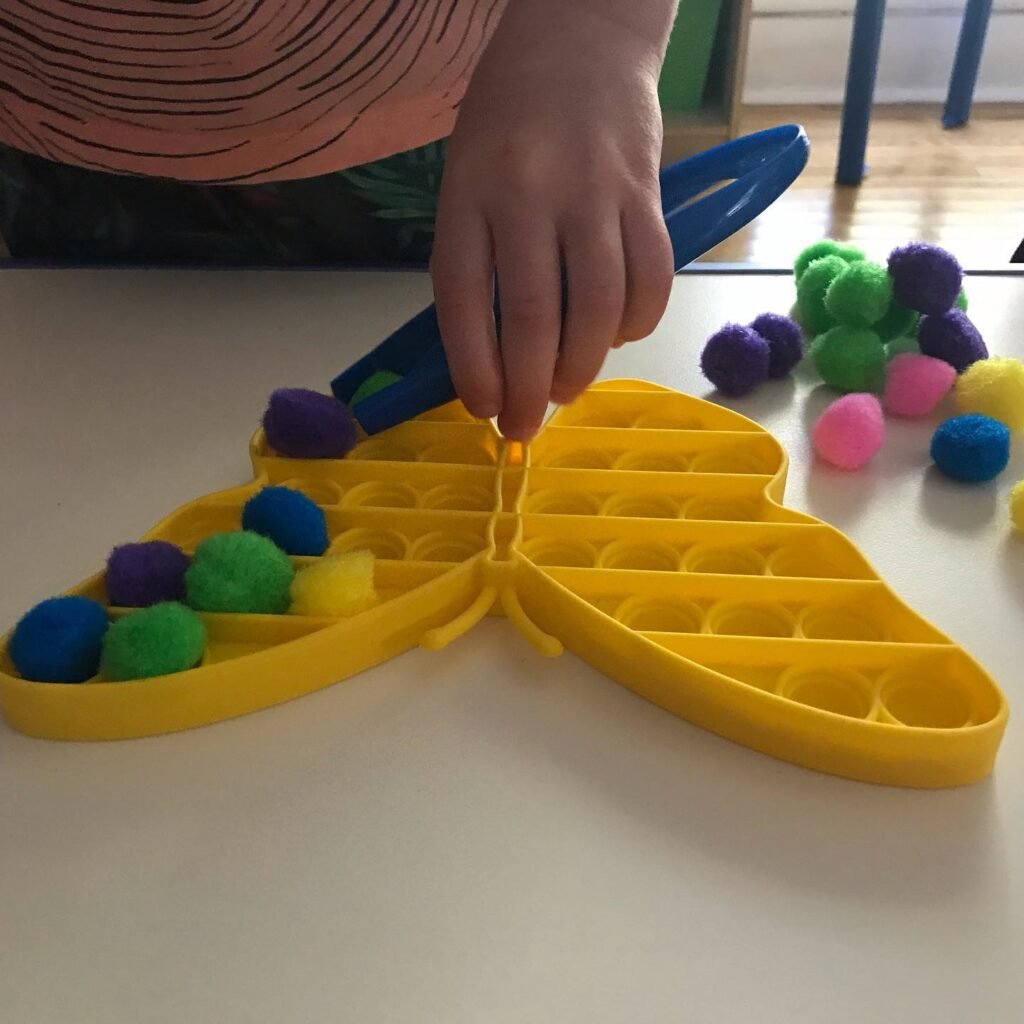
This tropical-themed sorting activity challenges toddlers to use precise finger movements while organizing colorful pom-poms into compartments. The act of picking up soft, round objects and placing them in specific sections develops pincer grasp strength and accuracy. The appealing pineapple shape adds visual interest while the compartmentalized design provides clear goals for completion.
The varying textures between the smooth container and fluffy pom-poms provide valuable sensory input while children practice their fine motor skills. This activity can be adapted for different skill levels by changing the size of the objects or adding additional sorting criteria like size or pattern, making it a versatile tool for ongoing development and learning.
9. Treasure Hunt Tweezers – Precision Tool Practice
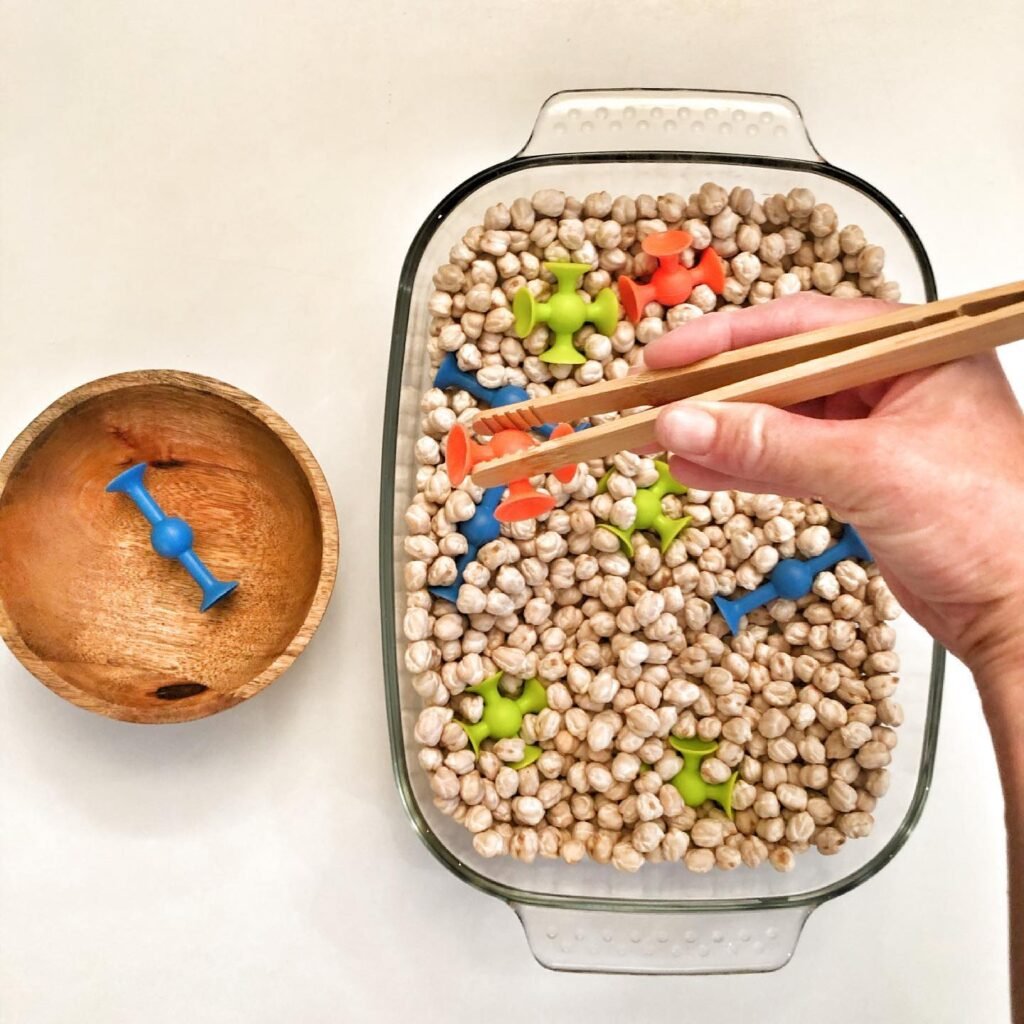
This sophisticated fine motor activity introduces toddlers to using tools for precise manipulation tasks. Working with tweezers or similar gripping tools, children must carefully extract objects from a bed of chickpeas, requiring steady hands and coordinated finger movements. This activity builds the same muscle groups and movement patterns needed for proper pencil grip and control.
The treasure hunt element transforms what could be a challenging task into an exciting discovery game. As toddlers develop proficiency with the tools, they gain confidence in their ability to manipulate objects precisely, laying important groundwork for future academic tasks. The varying sizes and shapes of hidden items provide progressive challenges that grow with the child’s developing abilities.
10. Bottle Sorting Challenge – Practical Life Skills Development
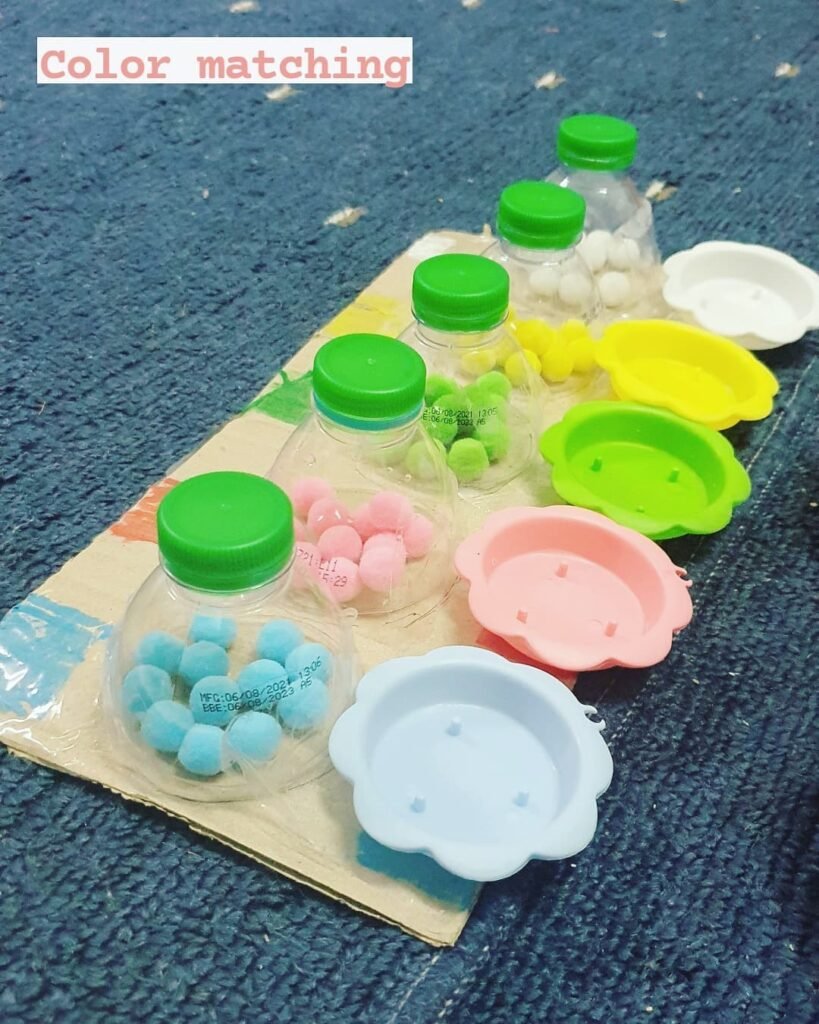
This practical activity combines color matching with fine motor skill development as toddlers sort colorful items into corresponding bottles. The narrow openings require precise finger control and careful aim, while the color-coding adds cognitive challenge and learning opportunities. This type of activity bridges the gap between play and real-world skills, making learning meaningful and applicable.
The contained nature of working with bottles provides clear beginning and ending points, helping toddlers develop task completion skills alongside their motor abilities. The satisfying sound and visual feedback of items dropping into bottles provides immediate reinforcement, encouraging continued practice and skill refinement. This activity can easily be adapted with different colored items and containers to maintain novelty and challenge.
11.Letter Matching with Colorful Rings
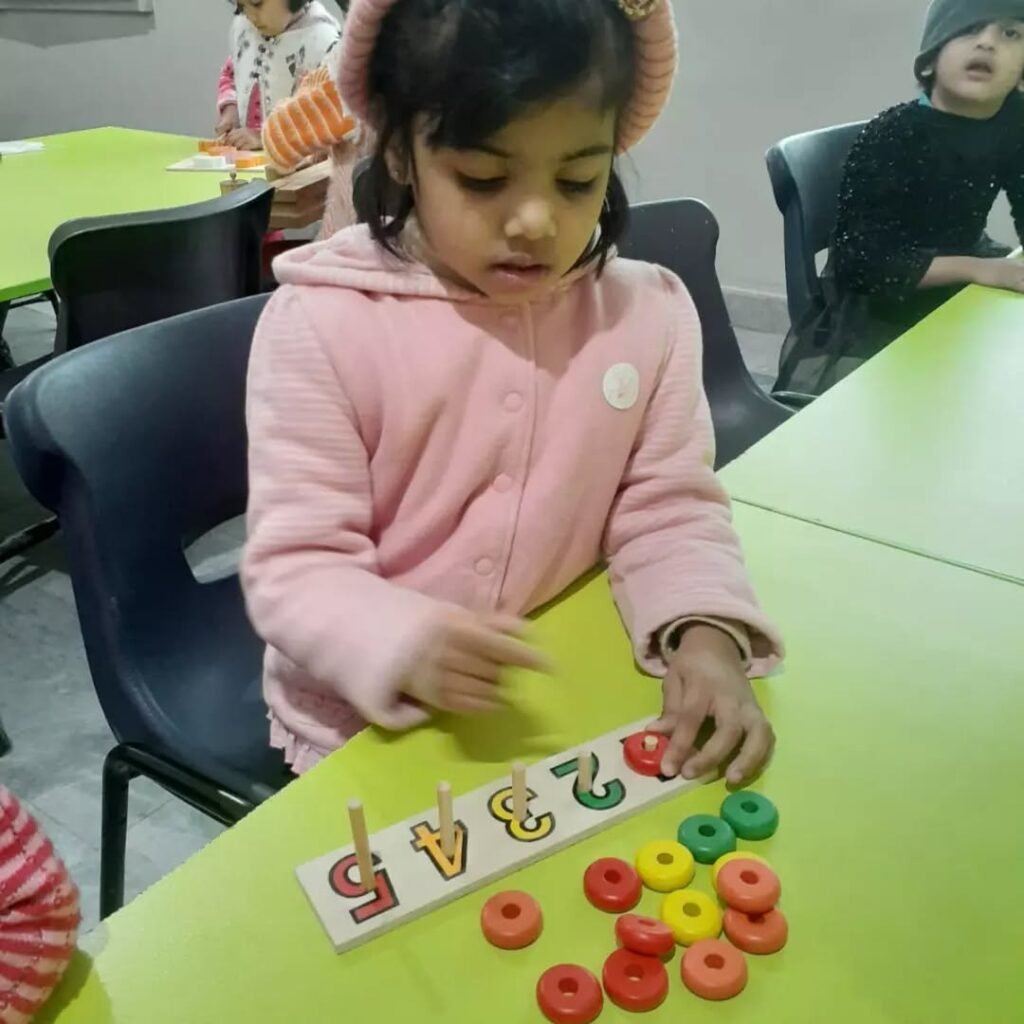
Teaching letters becomes an exciting adventure when toddlers can physically manipulate objects while learning. This hands-on approach combines alphabet recognition with the satisfying challenge of threading colorful rings onto corresponding letters. The wooden letter board provides a sturdy foundation while the vibrant rings capture little ones’ attention and make learning feel like play.
Beyond letter recognition, this activity strengthens the pincer grasp as children pick up individual rings and carefully place them on the correct pegs. The bilateral coordination required to hold the board steady with one hand while threading rings with the other develops crucial skills needed for future writing tasks. This versatile activity grows with your child – start with just a few familiar letters and gradually introduce the entire alphabet.
12.Ocean Adventures with Spray Bottles
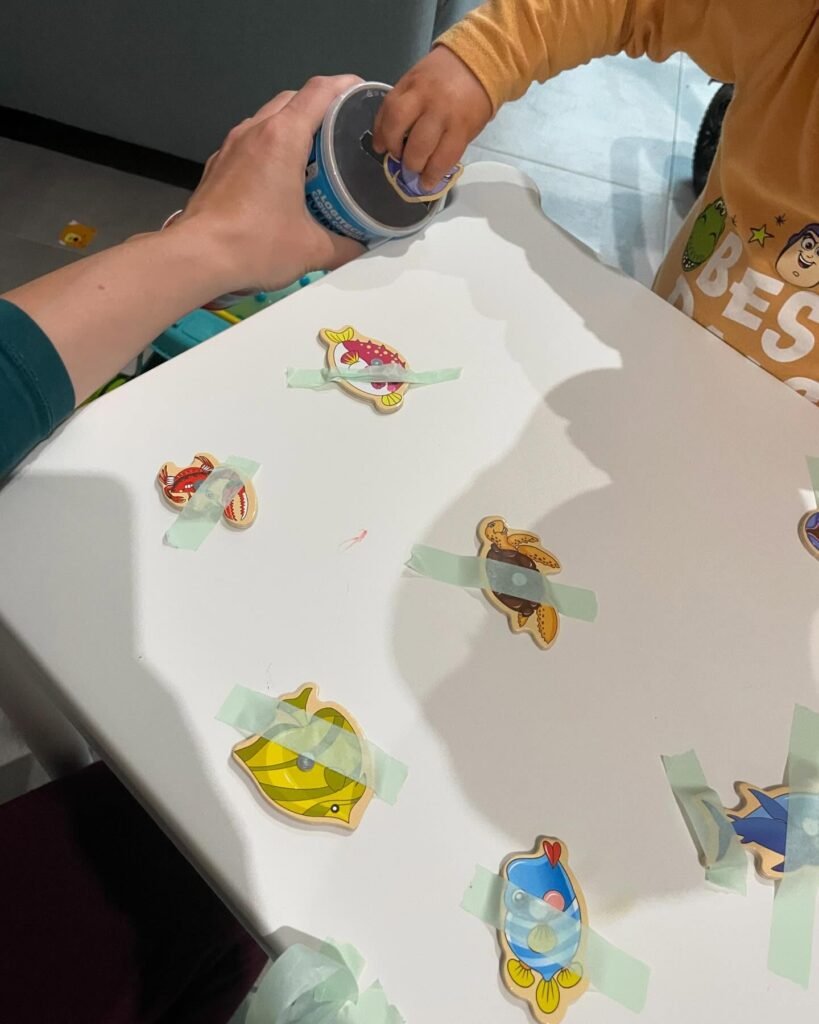
Transform bath time or outdoor play into an exciting fine motor workout with this aquatic-themed activity. Children develop precise hand control as they squeeze spray bottles to “feed” or interact with colorful sea creature cutouts. The resistance of the spray bottle trigger provides excellent strengthening exercise for little fingers that will soon need to grip pencils and scissors.
This water-based activity offers multiple learning opportunities beyond motor skills development. Toddlers can practice color recognition, learn about different sea creatures, and even explore cause-and-effect relationships as they discover how different squeeze pressures create varying spray patterns. The self-correcting nature of this activity allows children to experiment freely while building confidence in their abilities.
13.Pre-Writing Practice with Pipe Cleaners

Curved lines and zigzag patterns become manageable challenges when toddlers use flexible pipe cleaners to trace pre-drawn shapes. This tactile approach to pre-writing skills allows children to feel the movements their hands will eventually make when holding writing instruments. The three-dimensional nature of pipe cleaners provides immediate feedback, helping toddlers understand direction and control.
Working with pipe cleaners enhances finger strength and dexterity while introducing fundamental writing concepts like following lines and creating controlled movements. The forgiving nature of this material means children can easily adjust their work, building confidence as they master each shape. This activity seamlessly bridges the gap between random scribbling and intentional mark-making.
14.Wooden Tracing Boards for Steady Hands

Solid wooden tracing boards offer toddlers a satisfying tactile experience while developing the steady hand control essential for future writing success. The raised edges guide little fingers along predetermined paths, teaching muscle memory for various line types and curves. This Montessori-inspired approach allows children to explore patterns and shapes through touch before attempting to recreate them on paper.
The durability of wooden materials means this activity can withstand enthusiastic use while providing consistent sensory feedback. As toddlers trace the grooved patterns repeatedly, they naturally develop the finger strength and coordination needed for holding writing tools. The progression from simple straight lines to complex zigzag patterns ensures skills build systematically.
15.Sorting and Transferring with Kitchen Tools
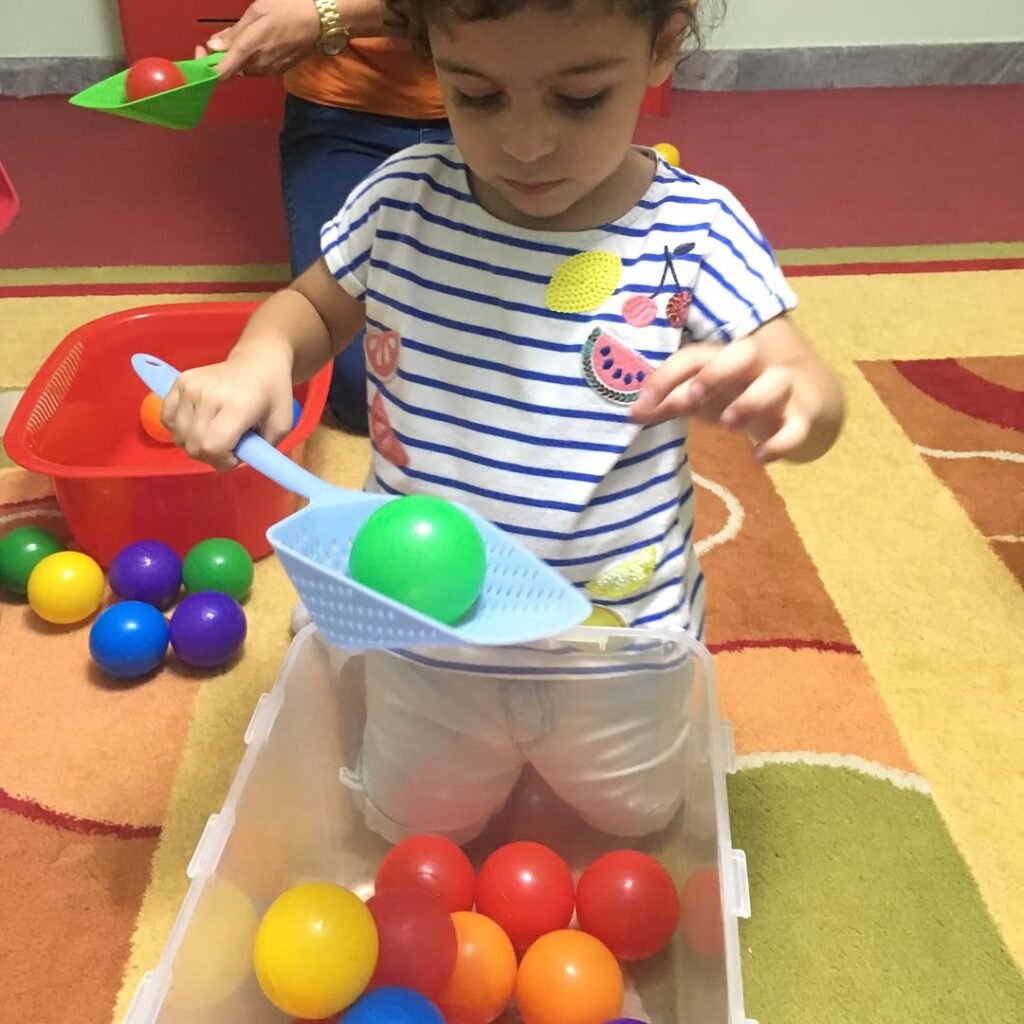
Everyday kitchen tools become powerful learning instruments when repurposed for fine motor development. Using tongs, spoons, or scoops to transfer colorful balls between containers challenges toddlers to coordinate their movements while achieving a specific goal. The satisfaction of successfully moving objects from one place to another motivates continued practice and skill refinement.
This practical life activity mirrors real-world tasks while building essential hand strength and coordination. The bilateral coordination required – using both hands in different ways simultaneously – prepares toddlers for complex tasks like cutting with scissors or tying shoes. Color sorting adds an educational element, making this activity both developmentally beneficial and cognitively engaging.
Conclusion:
Nurturing fine motor skills in toddlers doesn’t have to be complicated. As you’ve seen, everyday objects and playful creativity can turn any corner of your home into a mini motor-skill workshop. Each activity in this list offers more than entertainment it’s a small but meaningful opportunity for your child to explore, grow, and thrive.
So go ahead pull out the pom-poms, pasta, or playdough. With a little time and a lot of love, you’re giving your toddler the tools they need to master the small movements that make a big difference in their journey of independence.






